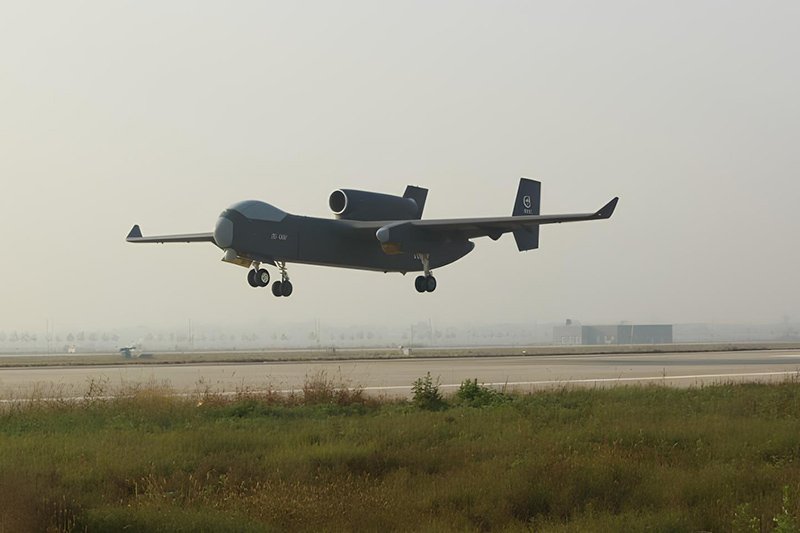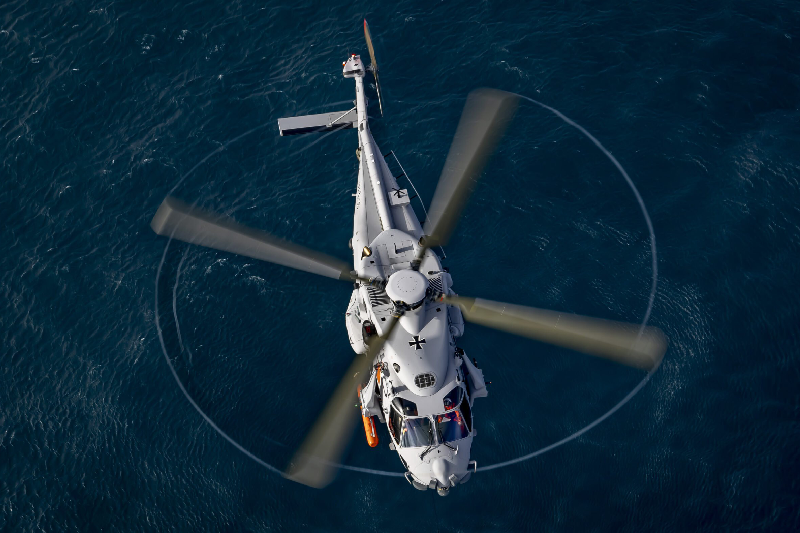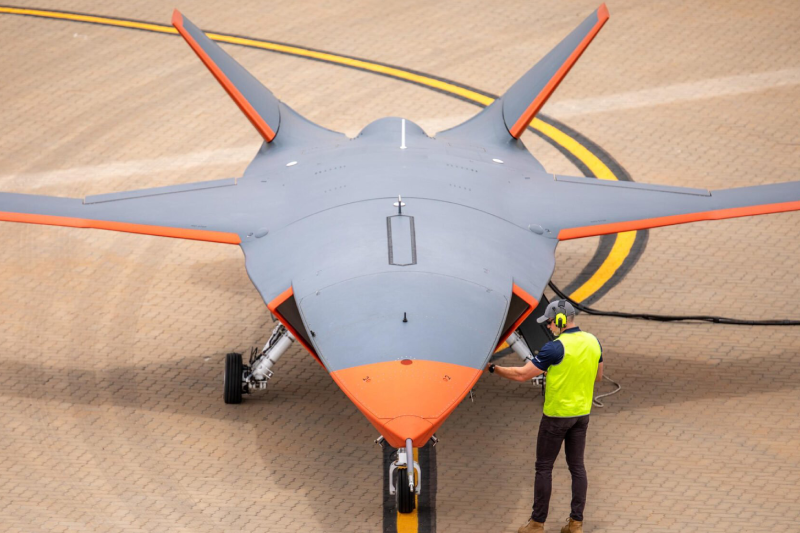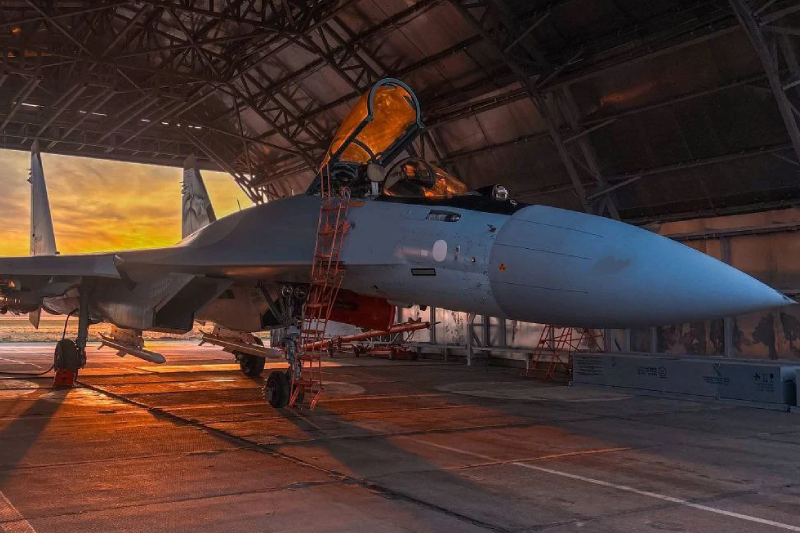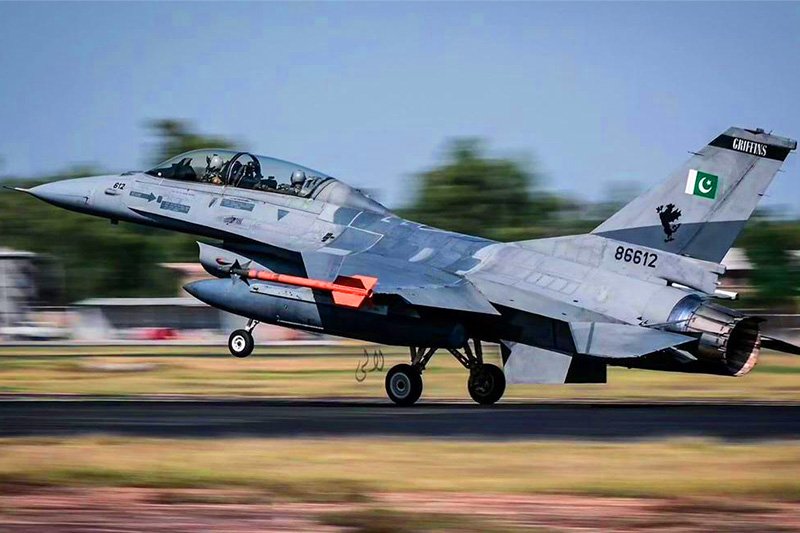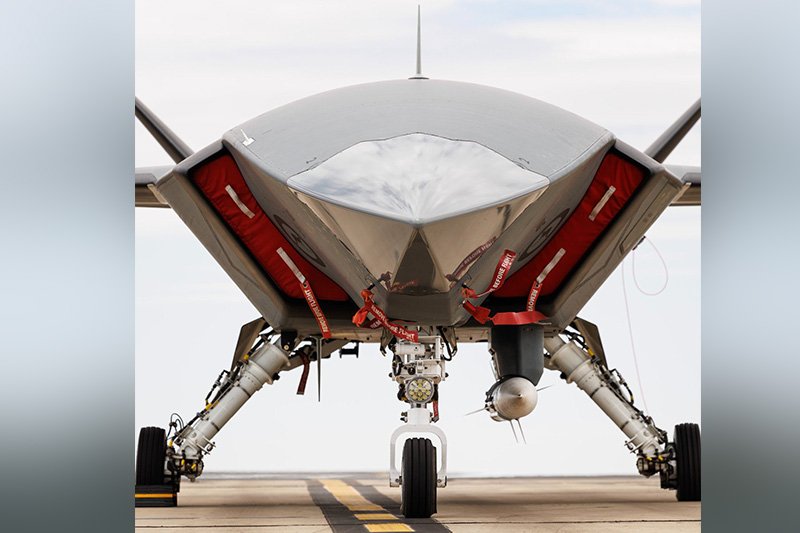PL-21: China’s Deadliest AAM May Soon Arm Pakistan’s J-35A
Recent imagery allegedly showing China’s J-20 stealth fighter armed with two PL-21 ultra-long-range air-to-air missiles has captured international defense analysts’ attention, suggesting advanced development of this highly classified weapon system. While the photographs remain unverified and lack official authentication, experts believe they provide significant evidence that the People’s Liberation Army Air Force is conducting sophisticated trials of the secretive missile. “PL-21: China’s Deadliest AAM May Soon Arm Pakistan’s J-35A”.
The PL-21 represents a strategic advancement in Chinese air-to-air missile technology, designed specifically to engage high-value airborne targets at unprecedented ranges. Defense analysts suggest the weapon system targets AWACS aircraft, aerial refueling tankers, and electronic warfare platforms from distances exceeding 400 kilometers.
Pakistan Air Force J-35A Procurement
Pakistan’s defense establishment has shown considerable interest in PL-21 capabilities, particularly given the Pakistan Air Force’s planned acquisition of J-35A fifth-generation stealth fighters. According to defense reports, Pakistan expects to receive its first batch of J-35A aircraft as early as next year, making potential PL-21 integration a priority consideration for military planners.
The precedent established by China’s transfer of PL-15 missiles to Pakistan’s J-10C fleet has created expectations for similar advanced weapon system sharing. Pakistani defense observers reportedly hope their upcoming J-35A fighters will receive PL-21 capabilities, building upon the success attributed to PL-15-equipped J-10C aircraft in recent regional operations.
Under initial agreements, Pakistan was scheduled to begin receiving 40 J-35A aircraft by late 2026, though revised timelines suggest accelerated delivery schedules reflecting urgent bilateral defense cooperation priorities.
Advanced Technical Specifications
The PL-21 missile incorporates cutting-edge propulsion technology, likely featuring ramjet or scramjet engines enabling sustained high-speed flight over extended ranges. Recent observations suggest the weapon possesses a larger airframe compared to conventional air-to-air missiles, supporting its ultra-long-range mission profile.
Technical specifications reportedly include an AESA radar seeker system, advanced electronic counter-countermeasures capabilities, and high survivability against jamming attempts in complex electronic warfare environments. The missile may integrate two-way encrypted datalinks allowing real-time targeting updates from launch platforms or airborne early warning aircraft during mid-course flight phases.
This “AWACS killer” design prioritizes strategic disruption over traditional air-to-air combat, enabling attacks on enemy support aircraft while maintaining safe standoff distances from defensive systems.
Strategic Applications in Regional Air Warfare
Military analysts view the PL-21 as China’s response to American AIM-260 JATM development, creating capabilities to counter Western airborne command and support assets. The weapon system enables engagement of aircraft like the E-3 Sentry, KC-135 Stratotanker, and RC-135 Rivet Joint from previously safe operational distances.
In potential South China Sea or Taiwan Strait scenarios, PL-21 deployment could significantly impact strategic calculations of regional powers including Japan, South Korea, and Australia. The missile’s range and capabilities would force opposing forces to reconsider airborne early warning and command positions.
For Pakistan specifically, PL-21-equipped J-35A fighters could target Indian Netra AEW&C, Phalcon AWACS, and Il-78 tanker aircraft from standoff ranges, potentially neutralizing aerial command infrastructure before traditional combat engagements.
Regional Defense Response and Countermeasures
India would likely accelerate long-range missile development programs in response to potential Pakistani PL-21 acquisition, possibly pursuing AIM-260 JATM through American partnerships or expanding Meteor missile inventories for Rafale squadrons. Enhanced layered air defense networks incorporating S-400 Triumf, Akash-NG, and LR-SAM systems would become priority investments.
The missile’s introduction could trigger broader regional arms competition, with countries seeking similar ultra-long-range capabilities to counter advanced airborne threats. Gulf states, Iran, and Egypt represent potential future customers attracted by PL-21’s ability to counter superior Western air assets without matching them platform-for-platform.
Export Market Development
Pakistan’s potential role as the first foreign PL-21 operator would continue its function as China’s live demonstration partner, similar to PL-15E validation programs. Successful operational deployment would expand China’s defense export market while providing real-world performance data for future system improvements.
This arrangement benefits both nations through technology transfer, operational experience sharing, and strengthened defense industrial cooperation. China gains valuable export credentials while Pakistan accesses cutting-edge military technology typically reserved for major powers.
Also read this: China’s J-10 Jet Disrupts Global Defense Market: Expert
Future Air Combat Doctrine Evolution
The PL-21’s emergence may signal fundamental shifts in air warfare doctrine, prioritizing standoff engagement over traditional dogfighting concepts. Victory increasingly depends on first-shot capabilities at maximum range rather than aircraft maneuverability or pilot skill in close combat.
This evolution compels military planners to reconsider air superiority strategies, emphasizing electronic warfare capabilities, advanced sensors, and ultra-long-range weapons over conventional air combat metrics. Success becomes defined by reach and disruption rather than speed and agility.
Regional powers must adapt their air warfare doctrines to address threats operating beyond traditional engagement ranges, potentially requiring comprehensive overhauls of training, tactics, and equipment procurement priorities.
Keep connected with us at Facebook, Twitter, YouTube, Instagram & TikTok for latest defense happening around the globe.
Discover more from International Defence Analysis
Subscribe to get the latest posts sent to your email.



